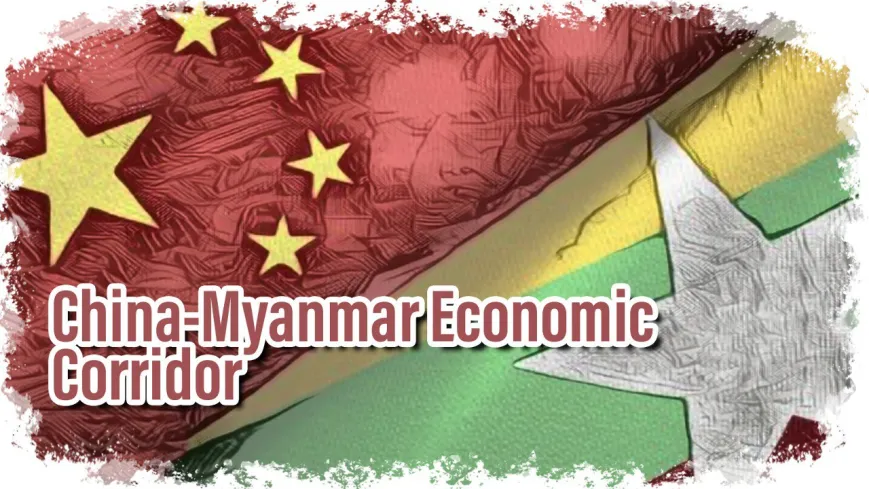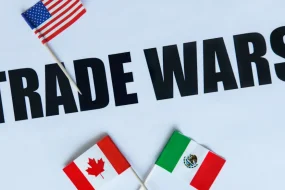
The Disruption of the China-Myanmar Economic Corridor
The ongoing civil war in Myanmar has severely disrupted China’s ambitious plans for the China-Myanmar Economic Corridor (CMEC). This critical trade route connected China’s landlocked southwest to the Indian Ocean via Myanmar. The conflict has forced China to fortify its border with Myanmar. With high fences, barbed wire, and surveillance cameras cutting through once-adjoined streets and rice fields.

The loss of control of key border towns and trade zones along the CMEC route has been a major setback for China. Rebel forces have captured strategic locations like Lashio. It deals with “one of the most humiliating defeats in the military’s history” and threatens China’s regional investments. The instability has also disrupted cross-border trade. It forced the closure of important border crossings, hampering the flow of goods along the corridor.
China’s Delicate Balancing Act
China has found itself in a difficult position, trying to maintain relationships with both the Myanmar military junta. The various ethnic armed organizations (EAOs) fighting against it. China has continued to provide the military with weapons. It has also tacitly approved the offensives of the “Brotherhood Alliance” of EAOs, which have made significant territorial gains.

This balancing act has allowed China to leverage the conflict to its advantage in some ways, such as using the EAOs’ victories to crush criminal syndicates along the border that had been frustrating China. However, the continued fighting has also put China’s investments and economic interests at risk, forcing it to push for ceasefires and negotiations to protect its trade corridor.
China’s Regional Influence
The instability in Myanmar threatens to undermine China’s broader regional influence and ambitions. The CMEC was a key part of China’s Belt and Road Initiative, and its disruption could have ripple effects across the region.

Moreover, the growing ties between the EAOs and the parallel National Unity Government in Myanmar could lead to deeper alliances between the northern ethnic groups and China’s regional rivals, such as the United States. This could further complicate China’s geopolitical calculations and limit its ability to influence the region.












